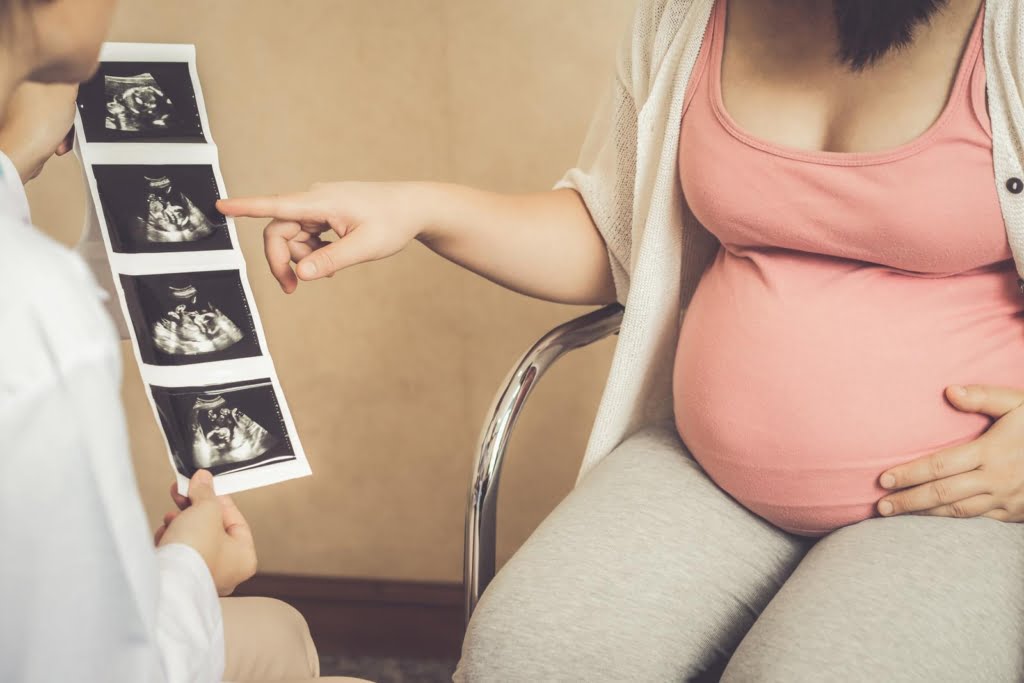In the teachings of Abhidhamma, the moment of conception is seen as a complex and intricate process that goes beyond the physical realm. Three conditions must be fulfilled for conception to occur: the union of the mother and father, the biological readiness of the mother, and a being (known as a Gandhabba) must be fit and ready to be born to the concerned parents. While the concept of a soul may be used to describe this process, it is important to note that there is no permanent entity that passes from life to life. Rather, there is a changing generation of non-material (Nāma) and material (Rūpa) collections that exist.

At the moment of conception, the Patisandhi Citta (relinking consciousness) is experienced. This type of consciousness links the past with the present and is conditioned by the powerful thoughts experienced at the moment of death. The Patisandhi Citta is the source of the present lifestream and arises only once during one particular life. The mental contents of the Bhavaïga Citta and Cuti Citta are identical to those of the Patisandhi Citta.
Once the sperm and ovum cells connect, it creates a place where the Patisandhi Citta can arise. When the Patisandhi Citta of a Gandhabba arises in the sperm and ovum cells of the parents, the embryo in the mother’s womb is formed, and life has begun.
At the moment of conception, three special types of Rupa Kalapas (Dasaka) are generated through Karma: sex, body, and the mind base. These decads consist of the essential octad plus additional elements that give rise to bodily sensitivity, the mind-base element, and the life element. After the embryo has been formed through these three decads, the decads of the other four sense organs begin to form. Karma causes and sustains these material phenomena throughout the whole course of life.

